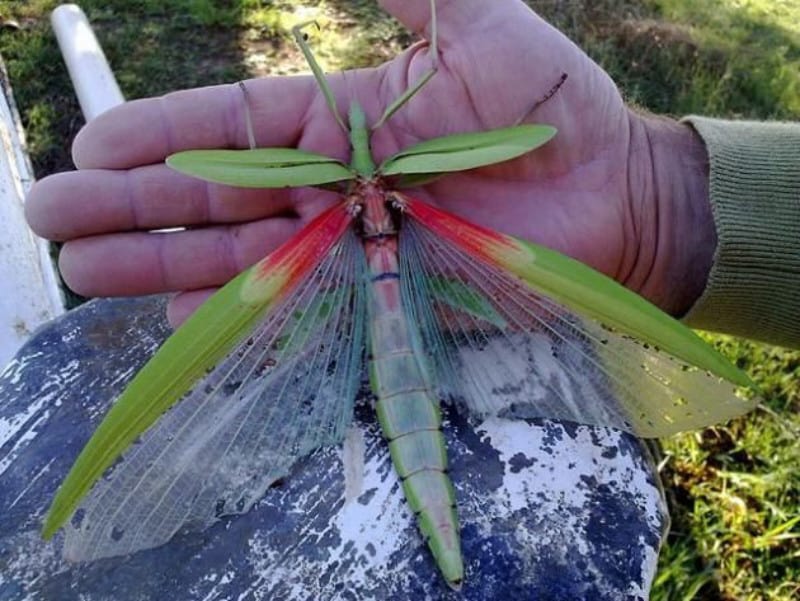
Goliath Stick Insect Facts
- Most notably, the truly remarkable Goliath Stick Insect bears a common name that’s completely appropriate for it. The magnificent insect also bears the somewhat cumbersome scientific name of Eurycnema goliath. But by either name, it presently ranks as the second largest known variety of stick insect in its entire region of the globe.
- Furthermore, the awesomeness of this particular invertebrate does not end there. That’s because its comparatively immense size earns it yet another distinction. In point of fact, this surprisingly lovely invertebrate holds a special place in the record books. That occurs because it’s one of the largest known insects of its type in the entire world.
- Regrettably, however, this fascinating creature also inhabits a rather restricted range of natural habitation. Yet despite its minimal habitat range, its population appears to be relatively stable, For that reason, the IUCN currently lists it as a species of Least Concern. Nevertheless, it doubtless remains at risk from the ongoing effects of climate change.
Related Articles
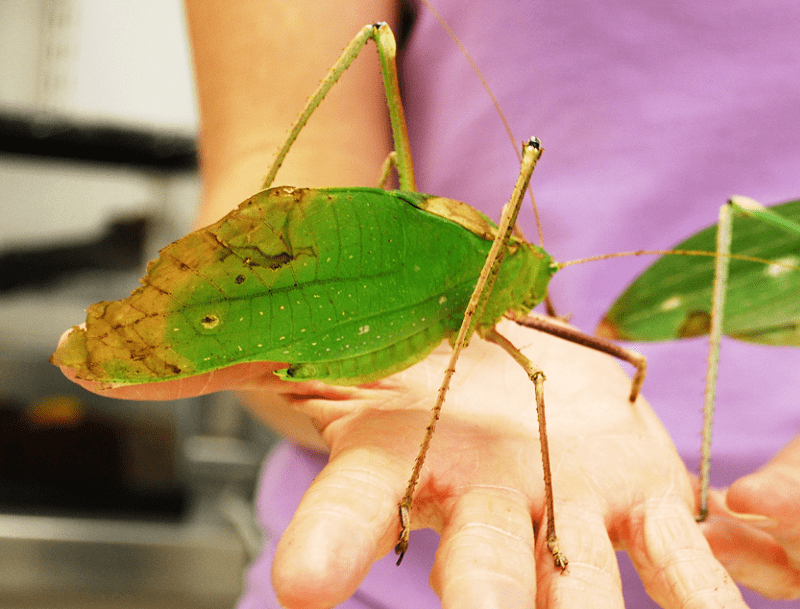


Goliath Stick Insect Physical Description
Firstly, the Goliath Stick Insect truly represents a quite remarkable physical insect species. This comparison especially holds true when compared to the majority of related species. However, it does share many traits with its relatives. For one, like many arthropods, the species displays a moderate degree of sexual dimorphism.
Secondly, in its case, the females of the amazing species typically remain the larger of the genders. In point of fact, these grow quite large, sometimes reaching a measured length of as much as 9.8 in (25 cm). Meanwhile, the males of the species generally attain a somewhat smaller physical size than their female counterparts.
In color, both genders of the Goliath Stick Insect appear the same. Green remains the primary color. Yet combinations of purple, blue, gold, yellow, and red appear on the underside of the large wings. Although both sexes possess wings, typically only the male has the ability to fly. His body also grows slimmer and lighter than that of the larger female.
- Kingdom: Animalia
- Phylum: Arthropoda
- Class: Insecta
- Order: Phasmatodea
- Family: Phasmatidae
- Genus: Eurycnema
- Species: E. goliath
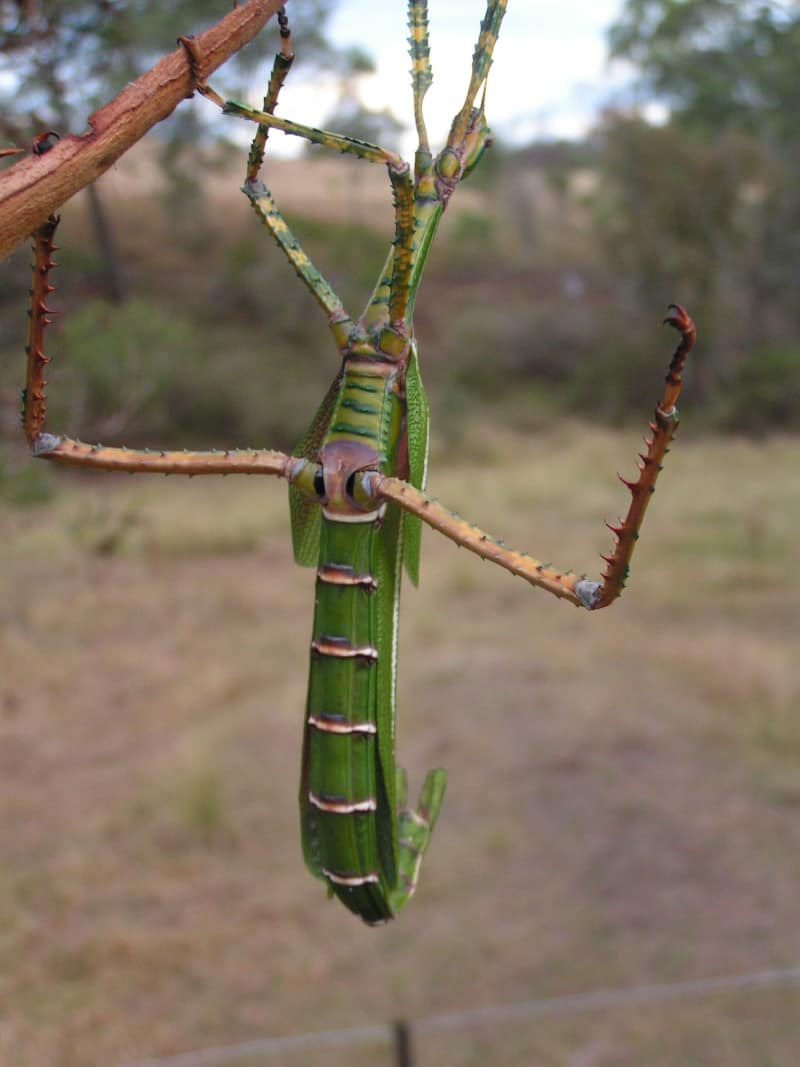
Goliath Stick Insect Distribution, Habitat, and Ecology
Quite sadly, the astonishing Goliath Stick Insect presently inhabits a greatly restricted section of the earth. That’s because the massive arthropod apparently remains endemic to only a relatively small portion of the continent of Australia. This range of habitation consists of only the region along the coast, around Queensland, as well as somewhat further north, around Cairns.
While its range may be very small compared to other similar insects, the fascinating arthropod does have one evolutionary advantage. That’s because the amazing creature appears to be extremely adaptable and flexible in its habitat. It primarily inhabits areas of either forest or shrubland, due to the natural camouflage this type of habitat provides, given its natural coloring.
The remarkable Goliath Stick Insect also appears to have a strong preference for certain flora. That’s due to the fact that it seems to be particularly fond of residing in or near eucalyptus trees and some flowers, such as acacias. Its camouflage even extends to its eggs. These have the general appearance of small seeds, often prompting ants to take them into their nests.
Species Sharing Its Range
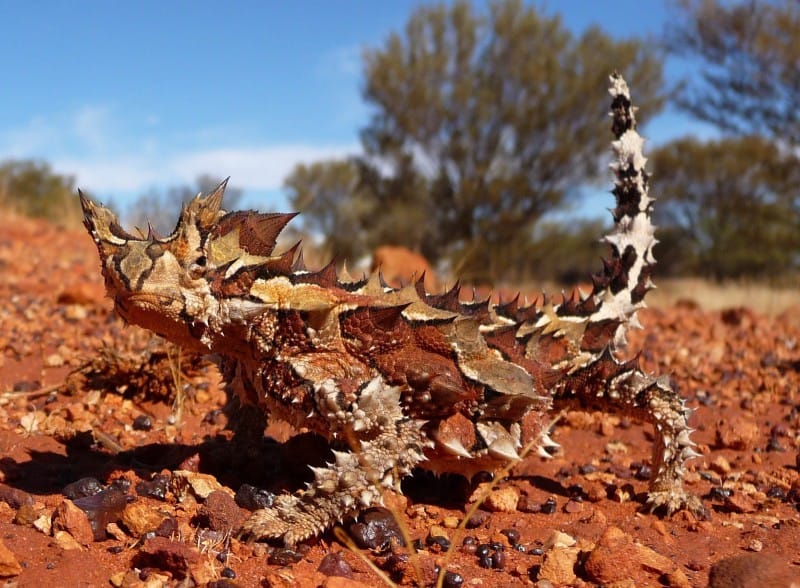
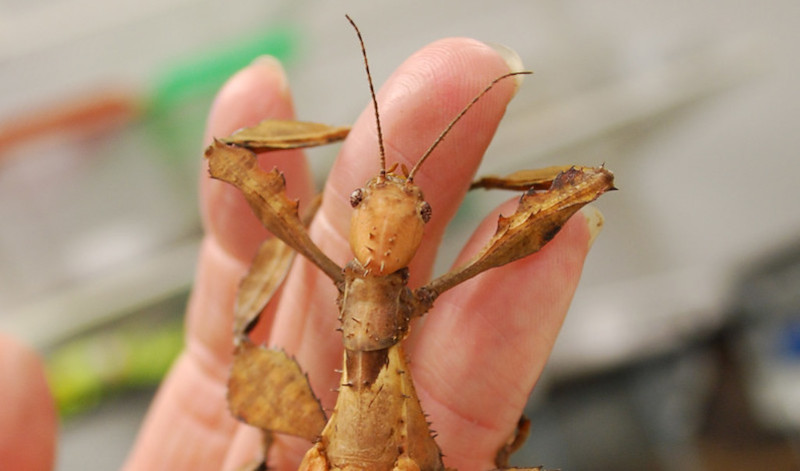
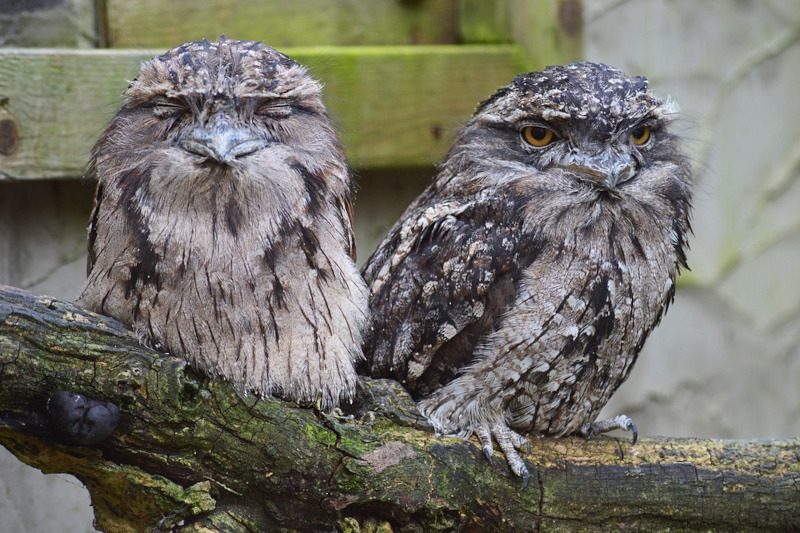
Check out our other articles on 5 Rare Mind-Blowing Cloud Types, African Penguin, Enchanted Well, Armored Sea Robin, Saint Francis’ Satyr Butterfly, Plumed Basilisk, Purple Frog
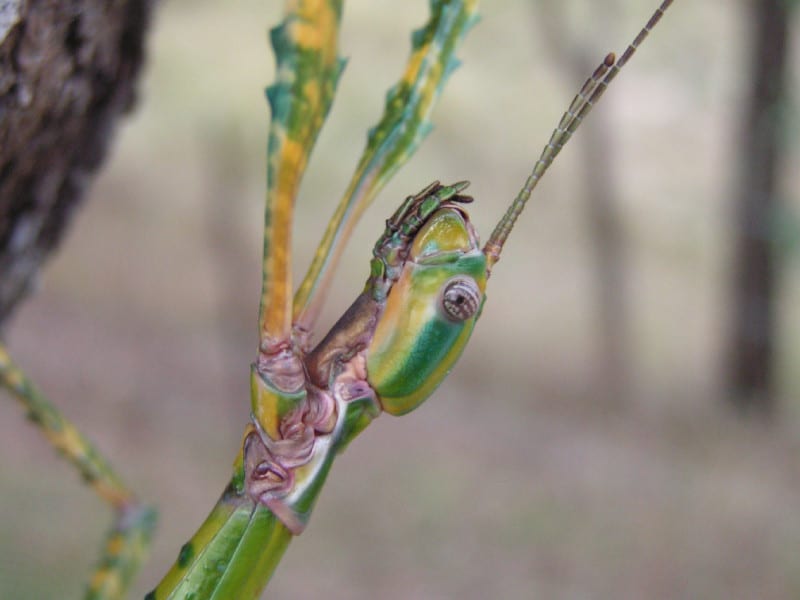









My dog just found one and we live in Amby which is about 520 kms west of Brisbane QLD
Hello Nancy,
Thank you for the information. It’s entirely possible that this represents a stray individual specimen, or even an ongoing expansion of the range. Either way, we appreciate the information!
Sincerely,
OBP
Today I saved a Goliath Stick Insect that was under attack from a bird in Muswellbrook NSW. Not sure of measurements but it is huge with a large wingspan, I actually thought the bird was attacking another bird.
Hello Narelle,
Outstanding! While the circle of life in Nature is entirely normal, it still would have been regrettable for this remarkable insect to have fallen prey to the bird. Thank you for your efforts on its behalf.
Sincerely,
OBP
We have just discovered a Goliath in our backyard in Ipswich, Qld. She is over 35 cm in length. We feel very fortunate to have her there and the neighbours and I check on her every day.
I have a Goliath on my front veranda and I live in Laurieton NSW. Seems he’s out of his territory somewhat.
Hello Jacky,
Thank you for your comment. Yes indeed, this individual is definitely outside the “normal range of this species. But, it’s location is close enough to allow for random variations in patterns. It could be a single individual that roamed further than usual, or it could have been “relocated” accidentally (perhaps it unintentionally hitched a ride in an agricultural shipment, etc.). Either way, it was a fortuitous encounter for you!
OBP